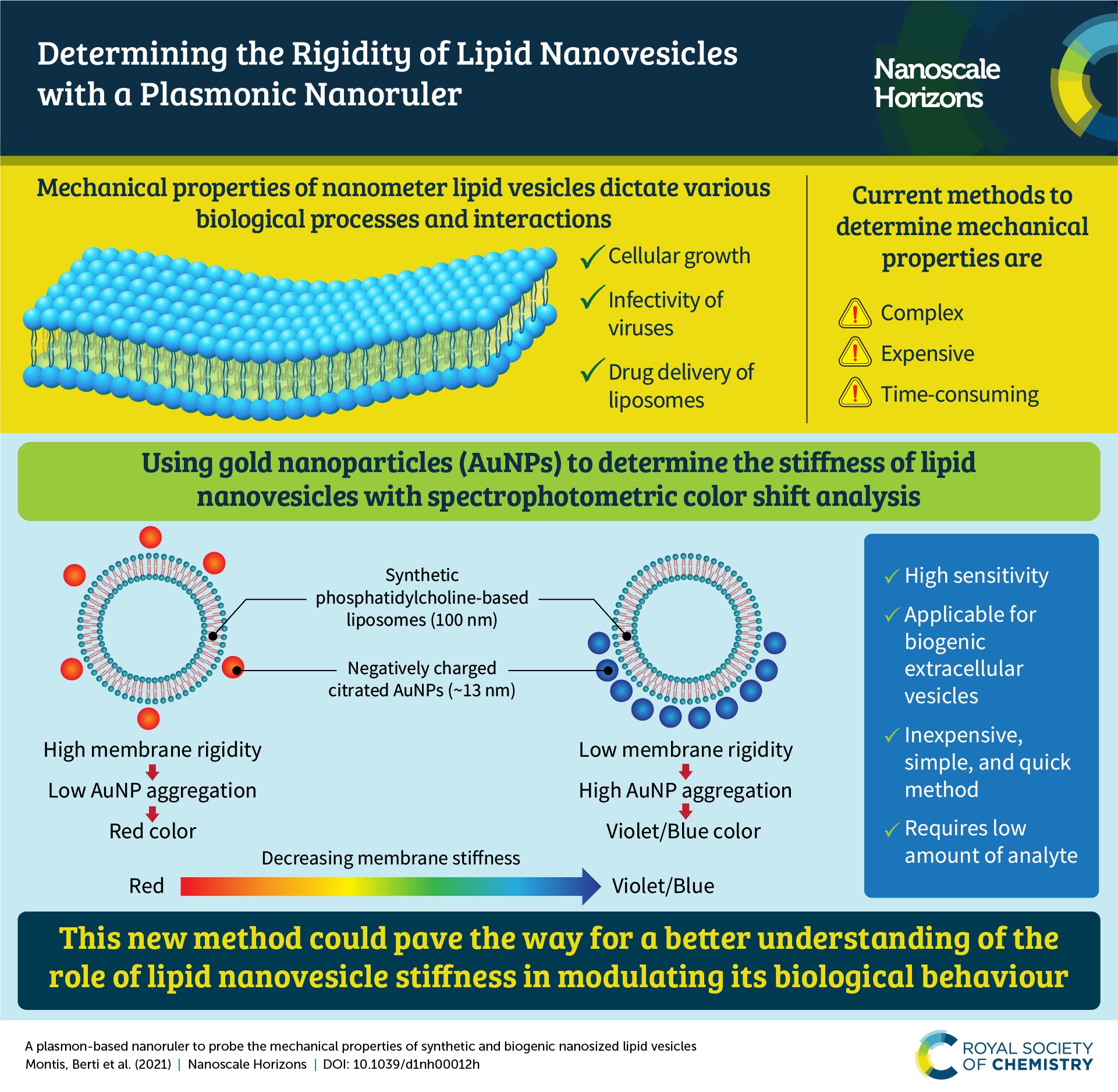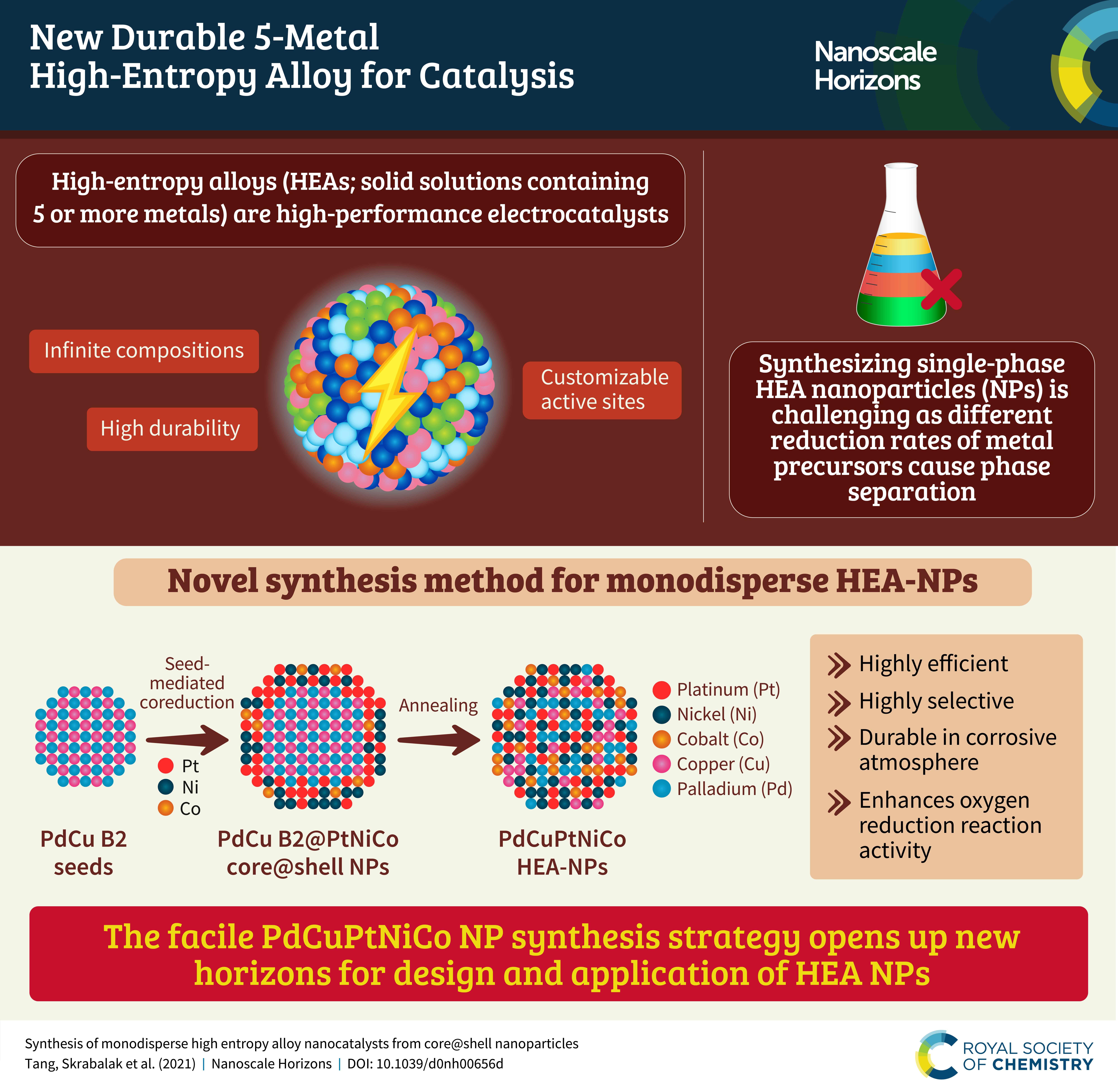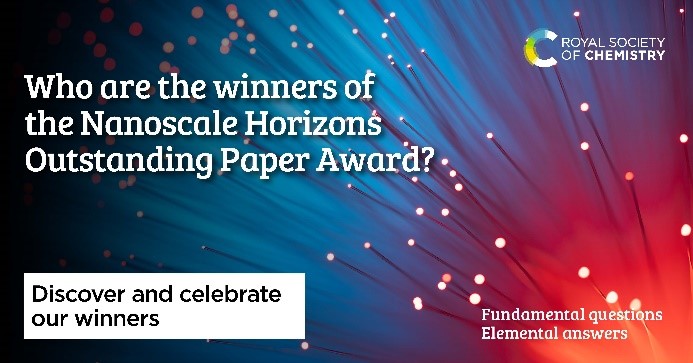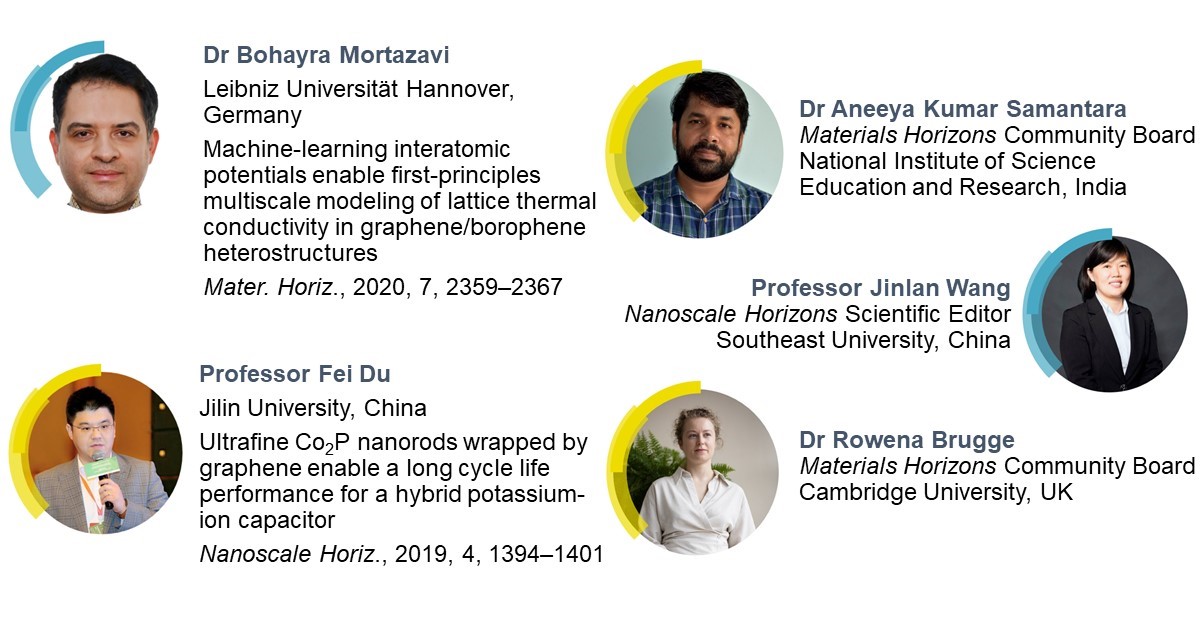Improving Biodistribution and Targeted Tissue Accumulation of Nanoparticles
An infographic highlighting macropinocytosis inhibitory nanoparticles to improve delivery of nanotherapeutics
We would like to share an infographic highlighting the excellent work by Evan Scott et al. on macropinocytosis inhibitory nanoparticles that reduce the non-specific uptake of an “effector” nanoparticle by cells, allowing for greater accumulation and uptake of targeted nanoparticles in tissues of interest! Check out the infographic below to learn more or get the full story from their Nanoscale Horizons article.
Enhancing subcutaneous injection and target tissue accumulation of nanoparticles via co-administration with macropinocytosis inhibitory nanoparticles (MiNP)
Trevor Stack, Yugang Liu, Molly Frey, Sharan Bobbala, Michael Vincent and Evan Scott
Nanoscale Horiz., 2021, DOI: 10.1039/D0NH00679C
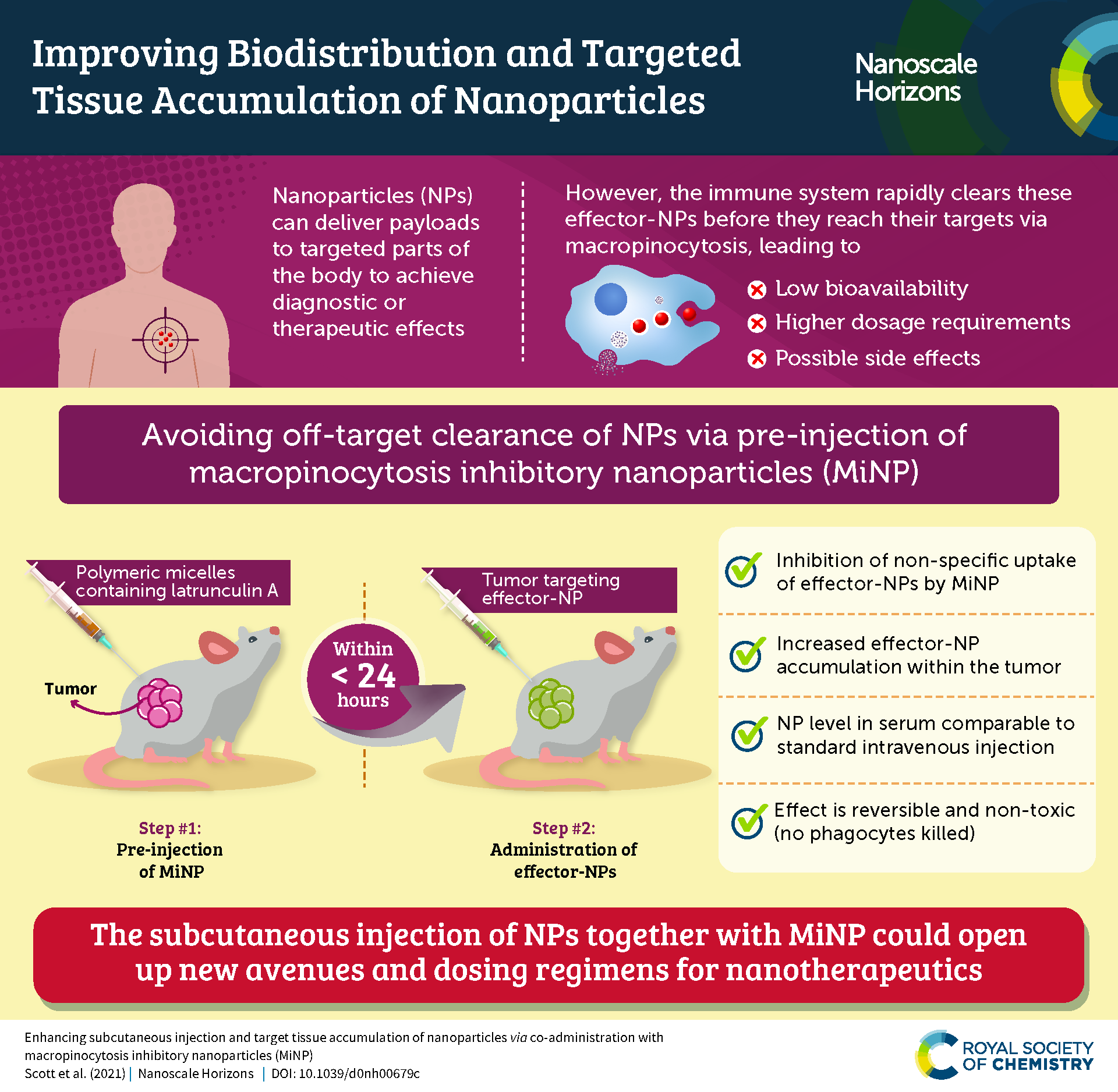
Meet the authors

|
Trevor Stack
Trevor Stack, Ph.D. Is currently a Scientist at Takeda Pharmaceuticals in Cambridge, MA. working on novel oncology drug development. He graduated with a B.A. in biomedical engineering from Tufts University in 2012 and a Ph.D in biomedical engineering from Northwestern University in 2021. His graduate work focused on nanoparticle platform design and ways to enhance the accumulation of nanoparticles in tissues of interest, including solid tumors. Prior to his graduate work, Trevor worked on product and process development of cell based immunotherapy platforms at various biotech companies in the Boston area. |
 |
Evan Scott
Evan Scott, Ph.D. is the Kay Davis Associate Professor of Biomedical Engineering & Microbiology-Immunology within the Northwestern University’s McCormick School of Engineering and Feinberg School of Medicine. He respectively received a B.S. and Ph.D. in Biomedical Engineering from Brown University in 2002 and Washington University in St. Louis in 2009. As a Whitaker International Scholar, he completed his postdoctoral training in Switzerland at the École Polytechnique Fédérale de Lausanne (EPFL). Dr. Scott is a recipient of the 2015 NIH Director’s New Innovator Award, the 2015 National Science Foundation CAREER Award and the 2014 American Heart Association Scientist Development Grant. He was selected as a 2017 BMES Young Innovator of Cellular and Molecular Bioengineering, 2018 Nano Research Young Innovator in Nanobiotechnology, 2018 American Society for Engineering Education PRISM 20 under 40, National Academy of Engineering Frontiers of Engineering 2018 speaker, 2019 Biomaterials Science Emerging Investigator, and 2019 Halo 40 under 40 Chicago Scientist. |











